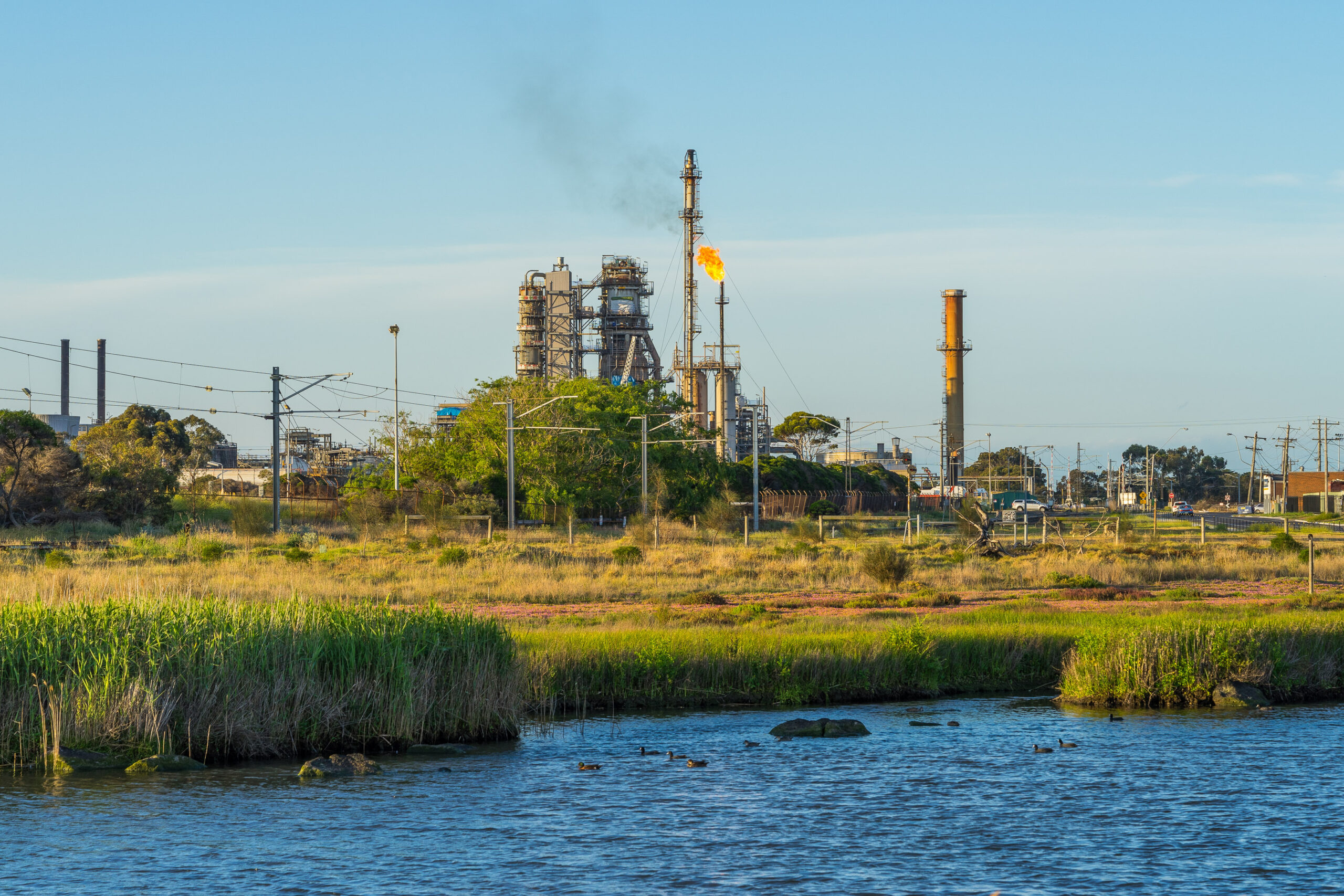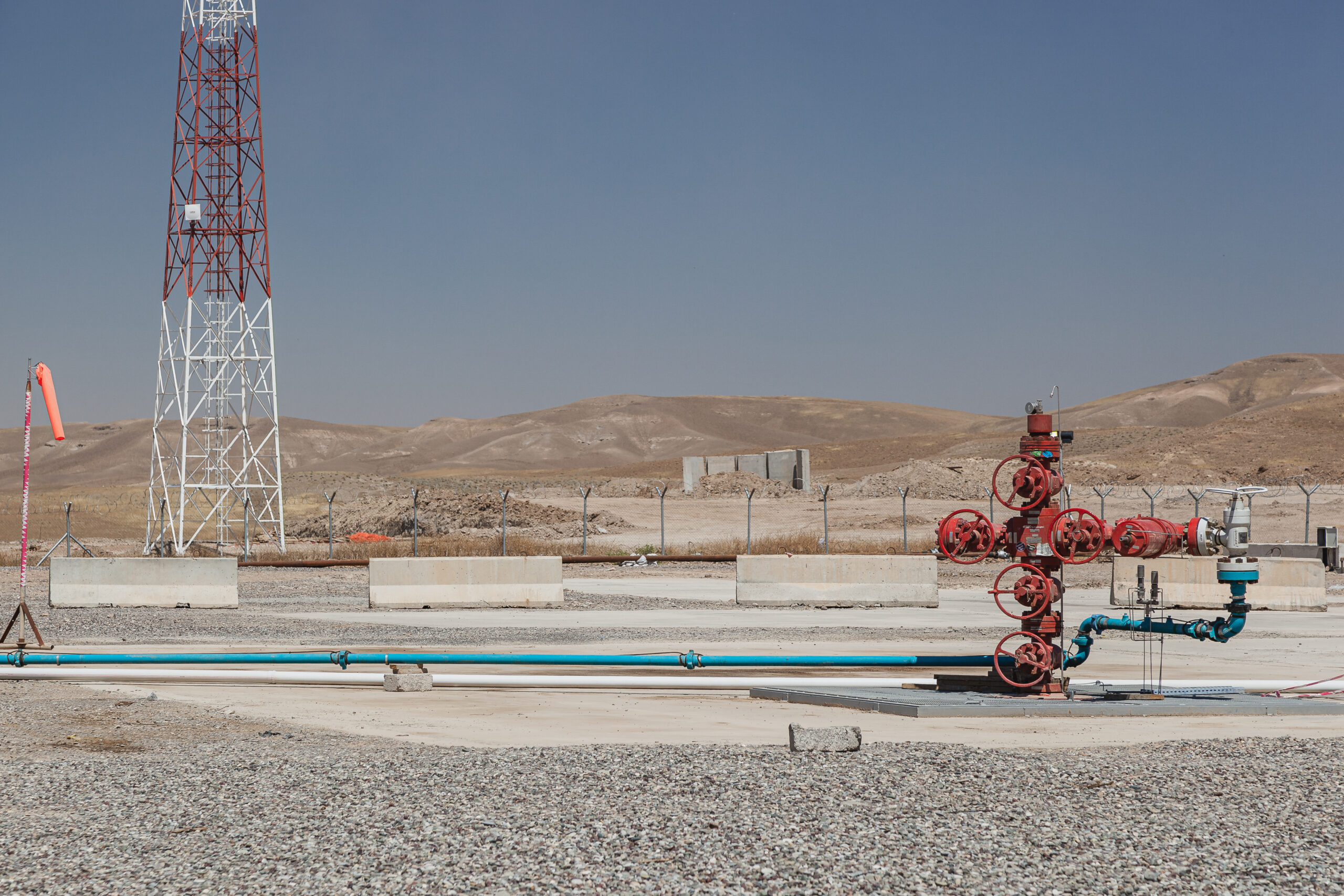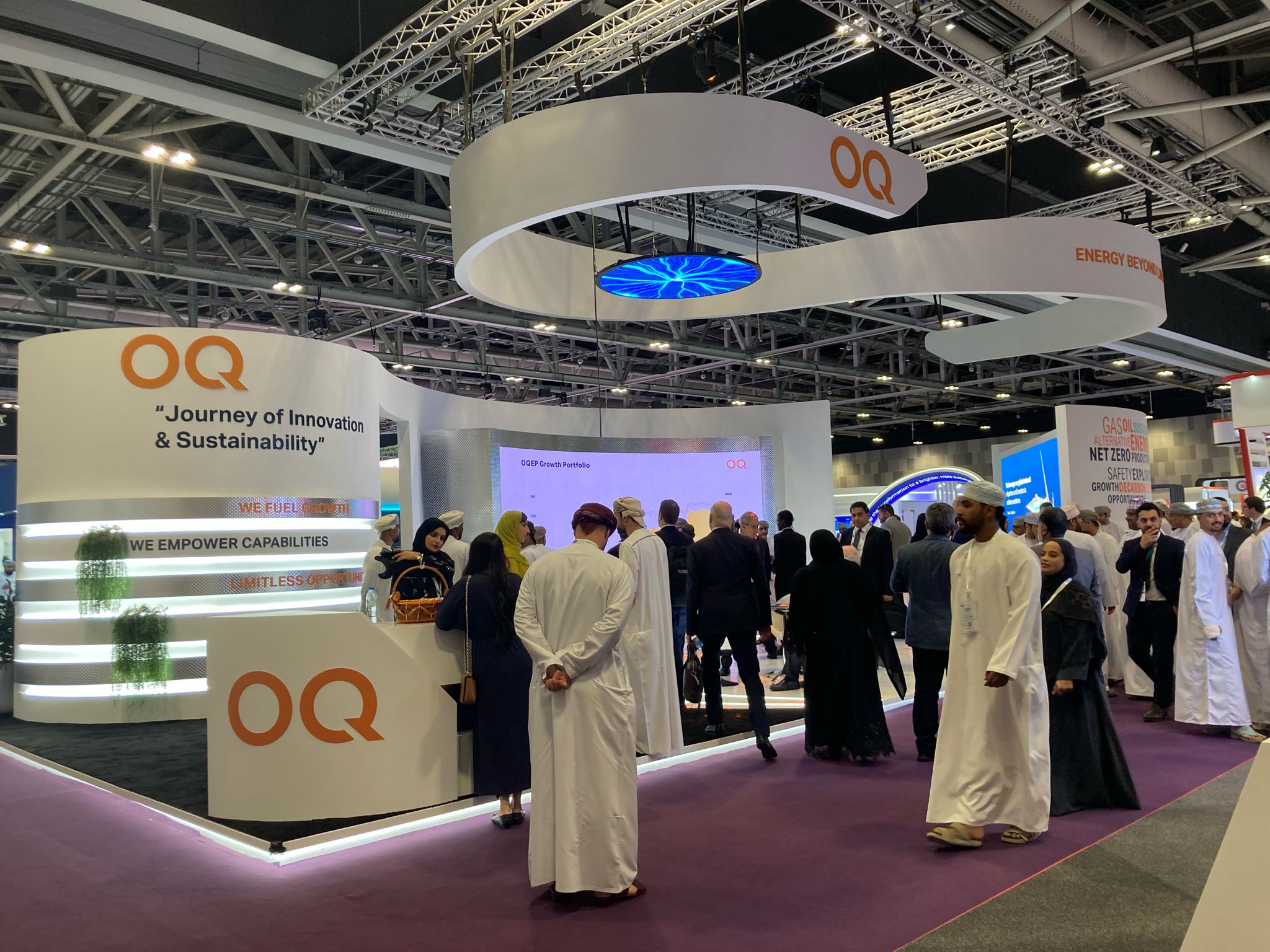Renewable gas debate in Australia heats up
Australian Gas Networks has been pushing renewable gas in social media adverts, while its competitor Melbourne-based Jemena ran an advertorial in the Sydney Morning Herald claiming that “renewable gas can satisfy our energy hunger.”

The renewable gas debate in Australia has been heating up, with both proponents and critics laying out their respective cases. As the country grapples with one of the highest carbon emission rates in the world and opposing ways to lower that rate, it’s a debate that will only intensify going forward.
Australian Gas Networks (AGN), a gas distributor and pipeline operator, for its part, has been pushing renewable gas in social media adverts, while its competitor Melbourne-based Jemena ran an advertorial in the Sydney Morning Herald on June 28, claiming that “renewable gas can satisfy our energy hunger.”
The ads also come as Australia considers the role that natural gas will play in its efforts to decarbonize by 2050. Australian gas producers, moreover, face mounting headwinds over new projects, with gas major Woodside headed to federal court as environmental groups seek to stop all new fossil fuel related projects or at least have more federal oversight in place to monitor the environmental approval process.
The Australian Pipelines and Gas Association (APGA) heightened the debate in April by releasing its Gas Vision 2050 report that considers the steps required for the country to reach its climate goals, including the delivery of renewable natural gas to domestic end users.
There are many technologies to reduce emissions including energy efficiency and carbon offsets, the report claims. But to reach net-zero, gas itself needs to be replaced by renewable and decarbonized gases or could also potentially be replaced with renewable electricity.
Biogas, biomethane and hydrogen are all considered renewable gas, but are quite different in how they are used, Martin Lambert, hydrogen and renewable gas senior researcher at The Oxford Institute of Energy Studies told Gas Outlook.
“Biogas is a mix of methane and CO2, and is typically used near where it is produced (say on a farm or in a landfill) and used to generate electricity and/or heat,” he said.
“Biomethane is typically upgraded to grid quality and injected into the gas grid where it can be used like natural gas, but with a much lower carbon footprint, while hydrogen can be blended to a limited extent into the gas grid, but is more likely to be a separate product.”
Others, however, don’t consider green hydrogen to be in the category of renewable gas needed for domestic usage.
Australian gas pipeline companies and distribution networks are also actively identifying and completing the actions they can take to contribute to emissions reductions, with most already having adopted net zero targets, while also working to make gas networks and pipelines ready to accommodate any form of renewable and decarbonized gas to reduce emissions.
The need for carbon neutral gas in Australia is exacerbated since gas plays such an integral part of the country’s economy, including its residential, industrial, and power sectors.
Fossil fuels accounted for approximately 90% of Australia’s total energy consumption in 2020, with gas taking a 26% share, according to the US Energy Information Administration’s (EIA) latest analysis of Australia’s energy sector.
That gas usage equaled 1,647 petajoules of energy consumption in the country from 2019-2020, according to Australian government data. Its main uses were for electricity generation (36%), mining (25%), manufacturing (23%), and residential applications, like gas heating and cooking (11%).
Though gas pipeline companies are working to include biogas and biomethane in their long- term strategies, the fuel is still lagging behind green hydrogen, both in development and attention.
A June 25 Australian Financial Review (AFR) report agrees, arguing that renewable gas used in Australia’s existing gas infrastructure, is the often overlooked, yet critical, “missing piece.”
“Hydrogen will be an important fuel in our future, both Jemena and Australian Gas Networks are already blending green hydrogen into our networks – but the challenge is the technology and major hydrogen projects at the scale needed to decarbonise our gas networks are still some years away,” it says.
It adds that renewable gas is an opportunity Australia can act on much more immediately, with existing technology.
However, problems remain.
In a joint study in June, the Australian Industry Group, the National Farmers Federation, the Property Council and the Clean Energy Council recommended a speedier transition for energy alternatives, including electrification and hydrogen.
They found that compared with the oil and gas industry, the renewable gas sector suffers from poorly designed and managed facilities, and fewer resources for monitoring and upkeep. This in turn can lead to methane leaks when biomethane is blended into the gas grid.
The study’s researchers were able to identify the problem, however, since around 62% of the leaks were concentrated in a small number of facilities and pieces of equipment within the supply chain, which they call “super-emitters.”
A One Earth report from June 17 finds that emissions from renewable gas could be higher than previously estimated, adding that there’s significant work to be done to lower emissions.
The rate (not the total volume) of emissions along the renewable gas supply chain from production through supply was comparable to natural gas, according to the report’s lead author Semra Bakkaloglu.
However, even with high emissions along the supply chain, renewables are still the greener alternatives to natural gas, he adds.
Lambert admitted that biogas and biomethane do emit CO2, but it is “biogenic” CO2 recently captured out of the atmosphere rather than fossil CO2 which has been stored underground for millions of years, so it is much better in terms of its carbon footprint.
“It also helps to reduce methane emissions from landfills and agricultural waste, and so has a positive global warming impact from that point of view too,” he said.
The Climate Council of Australia takes its argument one step further, alleging that renewable gas is being used as a “smoke screen” for the gas industry to delay real action on climate change, adding that “the fossil fuel industry touts renewable gases and other solutions that maintain the value of their sunk investments while buying ‘social license’ to keep polluting, allowing these companies to maintain business as usual for as long as possible.”
Shahana McKenzie, CEO at Canberra-based Bioenergy Australia, offers a different view. She told Gas Outlook that biomethane is already being produced and will be produced well beyond 2050.
“Injecting this methane into the gas network provides a renewable source of energy,” she said. “This is particularly relevant for industrial and manufacturing sectors that are reliant on gas for their energy production.”
“We need to see a holistic and strategic approach to decarbonisation across the entire energy system, including electricity, gas and liquid fuels,” she added.
The Climate Council also claims that there is simply not enough biomass fuel to generate the quantity of biogas required to replace our current usage of gas.
However, the Bioenergy Roadmap released by Australian Minister for Energy Angus Taylor last November shows that renewable gas can supply 23% of Australian domestic gas use by 2030.
Lambert joined the supply debate, pointing to an ENEA study that found there’s sustainable potential for around 100 TWh per year from biogas, which he calculated at around 25% or 30% of the current domestic use of natural gas in Australia.
“So, it wouldn’t replace all of current gas consumption, but in a low carbon world, it is likely that more end users would switch away from gas anyway,” he said.



